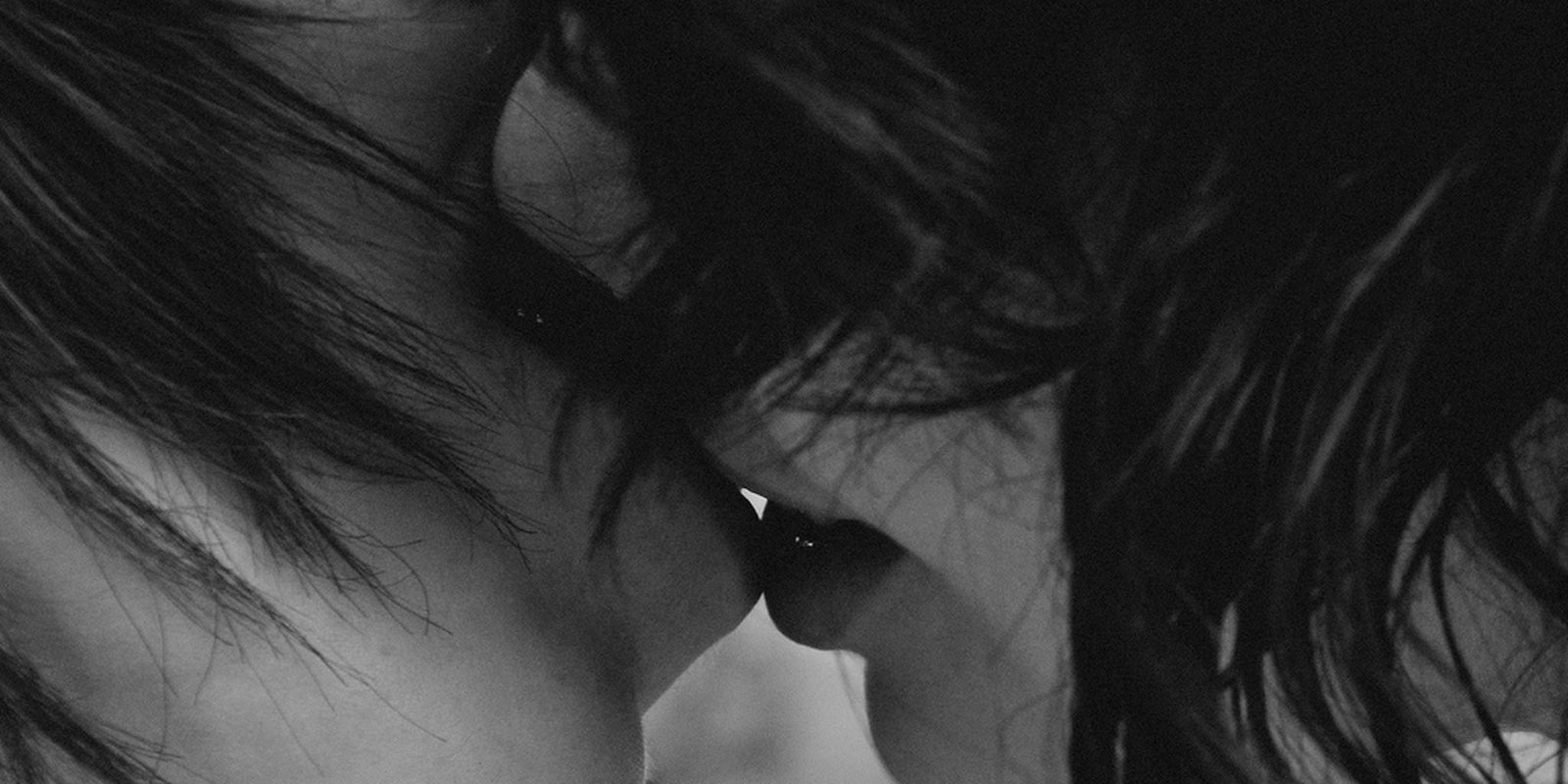Remember back when phones with cameras were used for taking horribly blurry photos of a sunset or snapshots of your dinner? Apparently many teens don’t, as they’ve decided that personal photography should be saved for sexting instead. According to data from the American Academy of Pediatrics, sexting is now a widely-accepted first step in teenage intimacy, replacing more traditional “first bases” like, you know, kissing and touching.
High school students in southeast Texas make up the 964 participants of the multi-year study which attempted to determine whether or not sending and receiving lewd photos was a good indicator of impending sexual behavior, or if incidents of sexting could be considered isolated “real-life” sexual activity. Students were studied in waves in order to accurately track the progress—or lack thereof—of their relationships.
The results showed that teens who engaged in sexting were approximately 32 percent more likely to become sexually active shortly thereafter. In the olden days of the mid-1990s, the same might be said for making out with someone in a movie theater on a date.
However, there’s another important part to the study results: While the odds of sexual activity increased following sexting, “risky” sexual behavior was not necessarily associated in the same way. Ergo, while parents might consider the act of sext itself to be irresponsible, teens who sent or received risque photos aren’t necessarily being irresponsible in the bedroom.
H/T Jezebel | Photo via Ashley Harrigan/Flickr (CC 2.0)


